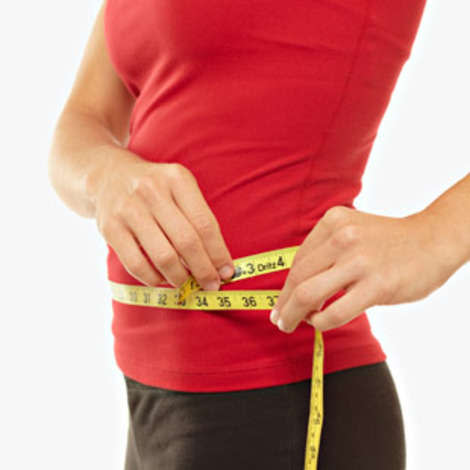5 Not-So-Obvious Diet Mistakes Everyone Makes

By the Editors of EatingWell Magazine
When it comes to watching your waistline, you know it's important to control your portion sizes, cut back on calories and eat more fruits and veggies. But are some of your other habits hindering your efforts? Watch out for these 5 trip-ups that contributor Karen Asp wrote about in the March/April 2014 issue of EatingWell Magazine.
1. Eating Out Once a Week
Restaurant meals typically deliver more calories than homemade ones. And dining out even just once a week could hinder your slim-down efforts. Women who ate lunch out at least once a week lost an average of five pounds less over the course of a year than those who ate out less frequently, according to a study in the Journal of the Academy of Nutrition and Dietetics. (Eating breakfast and dinner out, by the way, had a similar effect.) Although researchers can't say that dining out definitively caused weight gain, knowing how many calories you're getting "can be more challenging when you eat out because you're not in control of ingredients, how food is prepared and portion sizes," says Angela Kong, Ph.D., R.D., M.P.H., lead author and research scientist at the University of Illinois at Chicago. If you do dine out, check the restaurant's menu for nutritional information, ask for healthy modifications (for instance, requesting salad dressing on the side) and eat smaller portions.
Related: Follow These Tips When Eating Out
Better-Than-Takeout: 30-Minute, Low-Calorie Restaurant Favorites at Home
2. Chewing Gum Before Meals
Although research has found that gum can quell hunger, even help you lose weight, that theory may not stick depending on when you chew it, according to a new study from the journal Eating Behaviors. People who chewed minty gum before meals and snacks for a week ate less healthy food compared to a week in which they chewed no gum. Researchers suspect that the flavor of the minty gum made healthy food (like fruits) less tasty to eat. Don't want to give up your gum? Pop a piece of minty gum in your mouth after your meal or try a fruity or cinnamon flavor.
3. Choosing Fun-Size Treats
Minding your food portions is crucial to losing weight. But relying on small, pre-portioned packages to do the work for you may backfire, says a new study in the Journal of Marketing. People actually ate multiple packages and up to twice as many gumdrops when they were wrapped in small packages versus loose in a bowl. "People thought they didn't have to worry about watching calories or how much they ate because the package would help them, but once they made that decision, they basically couldn't stop eating," says Jennifer Argo, Ph.D., Cormie professor of marketing at the University of Alberta in Canada. To help fight the urge, stick to one single-packaged treat at a time or portion a serving out from a larger package (eating straight from the bag can also cause you to eat more food) before sitting down to eat.
4. Feeling Guilty for Indulging
Treats are bound to tempt you when you're dieting. Yet if you indulge every now and then, don't beat yourself up. Women who felt guilty about eating treats were actually less successful at losing weight over a three-month period than women who felt happy while noshing, according to a new study in the journal Appetite. Researchers have several theories for why guilty feelings may inhibit weight loss-they may make you feel like you've lost control or are helpless or even make "forbidden" foods more desirable, resulting in increased cravings. So when you indulge in a treat (on occasion), enjoy it! Then get right back on track to eating well, no guilt necessary.
Don't Miss: 100-Calorie Chocolate Desserts
5. Selecting Foods Labeled Low-Fat
Foods labeled low-fat sound healthier (and sometimes they are), but they could make you eat more food-and as a result, more calories-than you intended. When people were served a lunch labeled low-fat, they consumed more calories than when they had the exact same meal without the label, says a study from Appetite. In another study from the same journal, female college students significantly underestimated the calorie content of chocolate candy labeled low-fat. Although, low-fat products contain less fat, they sometimes deliver the same number of calories as the original version. If you do choose foods labeled low-fat, be aware of this "health halo" and mind your portions.
By the Editors of EatingWell
Related Links from EatingWell:
